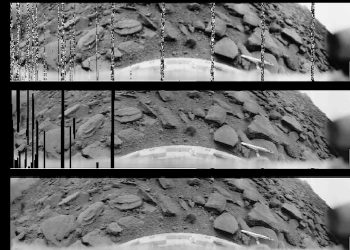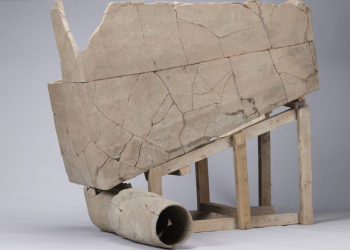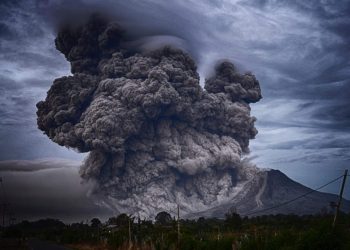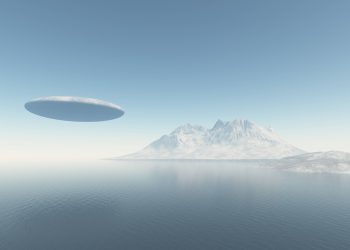Have you ever wondered about what Antarctica looks like without the massive, mile-thick sheets of ice covering its surface?
Looking back at the geological history of our planet, we see a world much different than today.
Things were pretty different in the past, and Antarctica, the icy, snow-covered continent, was not always a white, frozen desert.
The land of Penguins and snow-covered mountaintops was roughly 3 million years ago, a much warmer and ‘tropical‘ land.
Instead of miles of frozen water, a nearly barren landscape, the continent of Antarctica was teeming with massive green forests, flowering plants, and a verdant landscape home to ancient animals of all sorts.
To see what the icy continent was like, we turn to the Bedmap2, a project headed by the British Antarctic Survey and an update from a previous, similar map.
As noted by experts, the Bedmap2 ice thickness grid is made from 25 million measurements, over two orders of magnitude more than used in Bedmap1.
The Bedmap2 project uses data from various sources, including many substantial surveys completed since the original Bedmap compilation (Bedmap1) in 2001.
Our understanding of what lies beneath the world’s most extensive ice sheet has taken another leap forward. In this video, we strip away Antarctic ice to reveal a new and much more detailed map of the bedrock below.
This map, called Bedmap2, was compiled by the British Antarctic Survey and incorporated millions of new measurements, including substantial data sets from NASA’s ICESat satellite and an airborne mission called Operation IceBridge.
Antarctica plays a significant role in the global climate system, ranging from influencing ocean currents to rising sea levels.
Researchers are using various methods to understand how Antarctica will react to a changing climate. Still, limited information on ice thickness and what lies beneath the ice makes this work challenging.
Antarctica is a fantastic place. On average, it is the coldest, driest and windiest continent on Earth and has the highest average elevation of all other continents. Today, most of Antarctica is a desert covered in ice. Annual precipitation levels are around 200 mm (7.9 in) along the coast but far less inland.
Researchers believe there has been no rain on Antarctica for at least 2 million years.
Nonetheless, as much as eighty percent of our planet’s freshwater reserves are located there.
Were these to melt, they would contain enough liquid water to raise global sea levels by as much as 60 meters (200 ft).
Join the discussion and participate in awesome giveaways in our mobile Telegram group. Join Curiosmos on Telegram Today. t.me/Curiosmos











